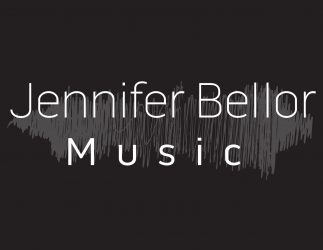Bordello Nights (2016)
Jazz Combo and Wind Orchestra
Wind Orchestra Instrumentation
1 Piccolo – 3 Flutes – 2 Oboes – 1 English Horn – 3 Clarinets in Bb – 1 Bass Clarinet – 2 Bassoons – 1 Contrabassoon (optional) – 2 Alto saxophones – 2 Tenor saxophones – 1 Baritone saxophone – 4 Horns in F – 4 Trumpets in Bb – 2 Trombones – 1 Bass trombone – 1 Euphonium – 1 Tuba – Timpani – 5 Percussion
Jazz Combo Instrumentation
1 Soprano saxophone – 1 Alto saxophone – Piano – Electric bass – Drums
There are 2 versions: original, 18-minute version and 10-minute version
18-minute version:
Click HERE to view a PDF of the score.
Available for purchase: JW Pepper
10-minute version:
Click HERE to view a PDF of the score.
Available for purchase: JW Pepper
Commission Information
Bordello Nights was commissioned by Tom Leslie and the UNLV Wind Orchestra for premiere March 10, 2016 at UNLV featuring: Eric Marienthal (alto saxophone), Colin Gordon (soprano saxophone), Mitch Forman (piano), Kevin Axt (electric bass), and Bernie Dresel (drums). A shorter version of Bordello Nights was composed for the UNLV Wind Orchestra performance at the Festival des Anches d’Azur in la Croix Valmer, France June 26, 2016.
Program Note
In Bordello Nights, the tango-like rhythms throughout juxtaposed with the ensemble of jazz improvisers intertwined with a dark, film noir-like fabric paints a historical picture of the types of music that were often performed in bordellos in the early twentieth century.
According to The History Of Jazz by Ted Gioia, New Orleans jazz pianist Jelly Roll Morton (1840-1941) was hired to perform in these venues, which held a substantial place in the music business in the early 20th century: “More than any other major New Orleans jazz artist, Morton’s apprenticeship in the music business took place largely in the bordellos of Storyville (although Morton worked mainly in the white bordellos where few other jazz players could follow)…His great-grandmother expelled him from home when she learned of his activities in the District, and before long Morton started on the peripatetic freelancing that would occupy most of his life.” – Gioia, The History of Jazz
The composer Astor Piazzolla (1921-1992) composed tango music for the concert hall with the mission to bring tango from bordellos to other venues. For example, his composition Histoire du Tango, specifically his first movement titled “Bordello, 1900,” brings to the concert hall music that was associated with bordellos in Buenos Aires.

